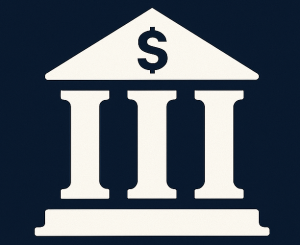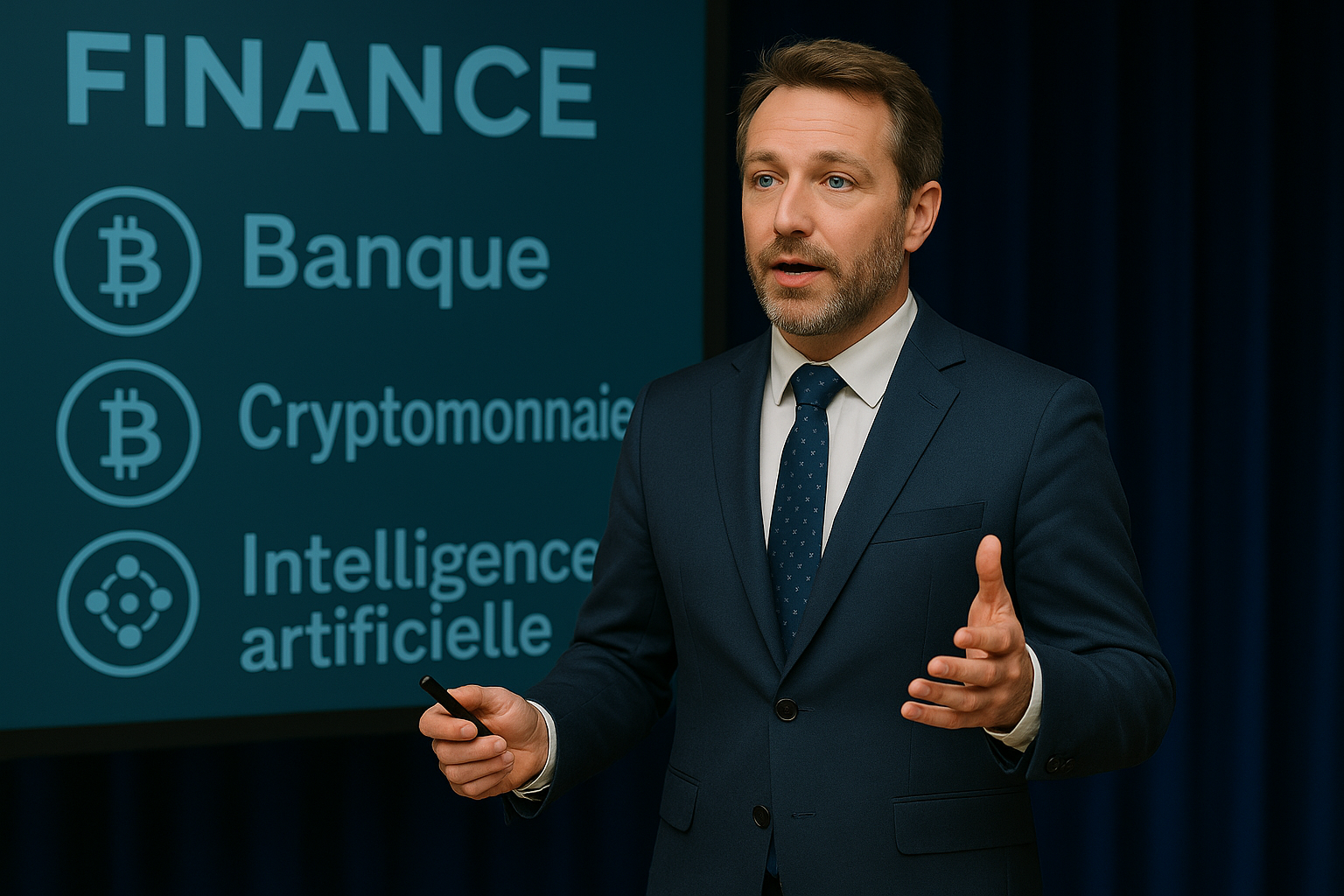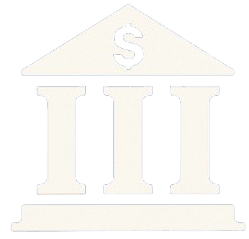RWA Tokenization: Revolution or Just Hype?
Real-World Assets Meet the Blockchain
Okay, so tokenization of real-world assets (RWAs) has been buzzing around the crypto sphere for a while now, and honestly, I’ve been trying to wrap my head around it. It’s kind of like when everyone started talking about NFTs – at first, I was totally lost. But now, I’m starting to see the potential, especially when it comes to shaking up financial supply chains. But the question remains: Is it actually going to change anything, or is it just another flash in the pan?
Basically, RWA tokenization involves taking something tangible, like real estate, commodities (gold, oil, you name it), or even artwork, and creating a digital token on a blockchain that represents ownership of that asset. Imagine owning a tiny fraction of a Picasso painting represented by a token. Pretty cool, right? The idea is that this makes these assets more accessible, liquid, and efficient to trade. I mean, think about it – selling a house is a huge pain. What if you could just sell a few tokens representing ownership instead?
I’m not gonna lie, the tech side of things can get a little overwhelming. We’re talking smart contracts, decentralized ledgers, and all that jazz. But the core concept is pretty straightforward. And that’s what’s got me thinking about how this could change everything from how businesses manage their supply chains to how individuals invest. I remember one time, I tried to buy some stock in a small company. The paperwork alone was a nightmare! Something like RWA tokenization might avoid those kinds of headaches.
Streamlining Supply Chains with Tokenization
The supply chain is, let’s face it, a huge mess. It’s complex, opaque, and often inefficient. Think about all the different parties involved in getting a product from its origin to your doorstep: manufacturers, distributors, retailers, and so on. Each step involves paperwork, transactions, and potential delays. Ugh, what a mess!
RWA tokenization could potentially create a more transparent and efficient system. For example, imagine tokenizing invoices or accounts receivable. This allows for faster payments and reduced risk of fraud. Plus, it can unlock working capital for businesses, especially smaller ones, who often struggle with cash flow. Was I the only one confused by this concept at first?
It’s kind of like creating a digital trail of breadcrumbs that everyone involved can follow. This enhanced transparency not only reduces the risk of fraud but also makes it easier to track goods and identify bottlenecks in the supply chain.
But, and this is a big but, there are challenges. The regulatory landscape is still evolving, and there’s a lot of uncertainty around legal frameworks. And then there’s the issue of security. How do we ensure that these tokens are safe from hackers and other malicious actors? If you’re as curious as I was, you might want to dig into the security protocols for blockchain and digital asset storage. It’s a fascinating, albeit slightly terrifying, rabbit hole.
Increased Transparency and Efficiency
One of the biggest promises of RWA tokenization is increased transparency. In traditional supply chains, information is often siloed and difficult to access. This can lead to inefficiencies, delays, and even disputes.
Tokenizing assets on a blockchain allows for a shared, immutable record of all transactions and events. This means that everyone involved in the supply chain has access to the same information, in real time. No more guessing games or hidden costs. This level of transparency can dramatically reduce the risk of fraud and improve overall efficiency.
But, transparency isn’t always a good thing. I mean, some companies might not want all their business dealings out in the open. There’s a balance to be struck between transparency and privacy, and that’s something that needs to be carefully considered.
Think about the food industry, for example. Imagine being able to scan a QR code on a product and instantly see its entire journey from farm to table. You could verify the origin of the ingredients, the production methods, and the transportation conditions. This would not only empower consumers but also hold companies accountable for their practices. Honestly, I’d pay extra for that kind of assurance.
Enhanced Accessibility and Liquidity
Beyond transparency, RWA tokenization has the potential to unlock new levels of accessibility and liquidity. Traditionally, certain assets, like real estate or private equity, are difficult to invest in. They often require significant capital and involve complex legal and regulatory hurdles.
Tokenization allows for fractional ownership, making it possible for smaller investors to participate in these markets. Instead of needing to buy an entire apartment building, you could buy a few tokens representing a fraction of its value. This democratizes access to investment opportunities and opens up new avenues for wealth creation.
Funny thing is, I remember a friend telling me that he wanted to invest in a piece of land, but he just couldn’t swing the initial investment. RWA tokenization could’ve been the perfect solution for him. He could have purchased a fractionalized piece of ownership in the land.
Liquidity is another key benefit. Tokenized assets can be traded 24/7 on decentralized exchanges, making it easier to buy and sell them. This increased liquidity can lead to more efficient price discovery and reduced transaction costs.
Regulatory Challenges and Security Concerns
Okay, let’s talk about the elephant in the room: regulation. The regulatory landscape for RWA tokenization is still evolving, and there’s a lot of uncertainty about how these assets will be classified and regulated.
Different jurisdictions have different approaches, and there’s no global consensus on how to handle these new types of assets. This creates challenges for businesses operating across borders and increases the risk of regulatory arbitrage. I stayed up until 2 a.m. reading about the proposed regulations in Europe once…never again.
Security is another major concern. Blockchains are generally secure, but they’re not immune to hacking and other attacks. If a tokenized asset is compromised, it could lead to significant financial losses.
We need robust security measures to protect these assets, including secure storage solutions, multi-factor authentication, and regular security audits. Insurance is also becoming increasingly important to mitigate the risk of loss.
And then there’s the issue of custody. Who is responsible for holding and managing these tokens? Are traditional financial institutions up to the task? Or do we need new types of custodians specifically designed for digital assets? These are the kinds of questions regulators and the industry need to address.
The Future of Financial Supply Chains
So, where does all this lead us? Is RWA tokenization the future of financial supply chains? I honestly don’t know for sure. But I think it has the potential to be a game-changer. It offers significant benefits in terms of transparency, efficiency, accessibility, and liquidity.
But there are also challenges to overcome. Regulatory uncertainty, security concerns, and the need for standardization are all significant hurdles. If we can address these challenges, RWA tokenization could revolutionize the way we manage and finance supply chains.
Think about the impact on small businesses. Tokenization could provide them with access to new sources of capital and help them compete with larger players. It could also empower consumers by giving them more information about the products they buy.
The key is to proceed cautiously and thoughtfully. We need to develop clear regulatory frameworks that protect investors and foster innovation. We also need to prioritize security and ensure that these systems are resilient to attack.
It’s a brave new world, and it’s exciting to see how these technologies will shape the future of finance. Who even knows what’s next? It’s an exciting time to be alive, even if it’s a bit confusing sometimes! I’m definitely keeping my eye on this space. And I hope you are too.














